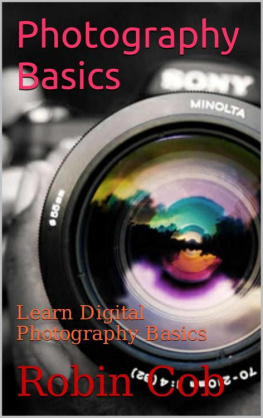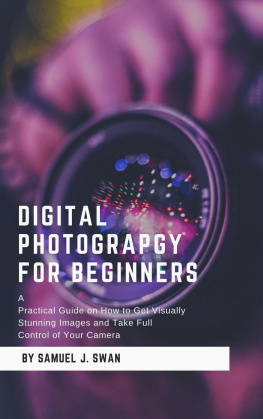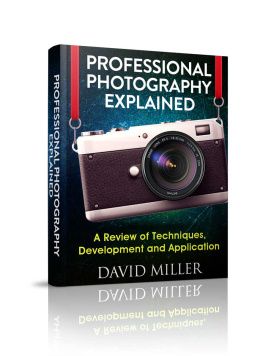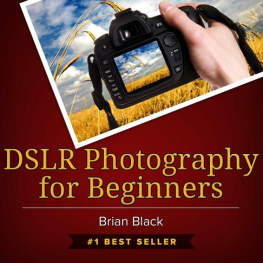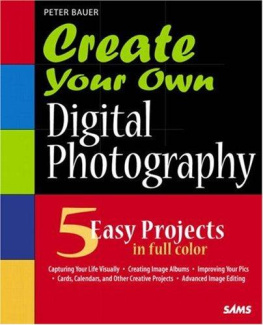Photography Basics
A digital camera takes light and focuses it via the lens onto a sensor made out of silicon. It is made up of a grid of tiny photosites that are sensitive to light. Each photosite is usually called a pixel, a contraction of "picture element". There are millions of these individual pixels in the sensor of a DSLR camera.
The sensor in a digital camera has a particular fixed sensitivity to light. To achieve the correct exposure for an image, just the right amount of light must be let into the camera to hit the sensor. This is accomplished by a shutter which opens and closes for a given amount of time, and an diaphragm in the lens which changes in size to let more or less light in.
The sensitivity of the sensor is fixed, but its output can be modified by adjusting the camera's ISO value.
Light
|
Sunset at the ballpark, Appleton, Wisconsin.
Photo by Jerry Lodriguss for Sports Illustrated |
Light is a form of radiant energy that we can see with our eyes, and record with a camera. It is our primary method of obtaining information about the world.
Light, in terms of its quantity, quality, and color, is also the most important thing that affects the technical quality of our sports pictures. Unfortunately, in most cases for sports action photography, there is not much we can do about any of these factors. We usually just have to work with what is there. In some cases we may be able to set up strobes to provide our own main sources of light, or use a strobe as a fill to supplement existing light.
Quantity - The amount of light illuminating our sports event plays a critical role in our ability to use a high shutter speed to freeze the action. At one extreme we can have an abundance of direct sunshine and plenty of light. At the other, we might have only a little light from a few dim bulbs in a high school gymnasium.
Quality - This describes the light's nature in terms of direction and softness or hardness. An example of hard light would be direct flash or noon sunshine where the light makes harsh shadows. An example of soft light would be an overcast sky on a cloudy day.
Color - Although our eyes are very good at adapting to light sources of many different colors, our cameras are more objective and will record colors accurately for the most part. Late afternoon or early morning light can be a beautiful warm red-yellow color. Light from the sky in open shade on a clear day can be a very cool blue color. Indoors, different light bulb types produce different colors. Tungsten bulbs produce red-yellow light, and some fluorescents can produce green. Different color light sources can produce different colors in our images and this is why it is important to set the color balance correctly in a digital camera.
Adjusting the Exposure
Exposure is the amount of light that hits the sensor in our cameras and creates an image. In most cases, there is only one exposure that is correct. The amount of exposure must be adjusted to match the sensitivity of the sensor.
Photographers talk about exposure in terms of "stops". A stop is simply when the amount of light changes by a factor of 2. If the exposure changes by a stop, then it either doubles or is cut in half.
We have two ways of controlling the amount of light that reaches the sensor in our cameras and determines the correct exposure. The shutter speed and the F/stop.
The camera's ISO setting can also be adjusted to give further control over the exposure.
Shutter Speed
The shutter is a device in the camera in front of the sensor that opens and lets light hit the sensor. The amount of time the shutter is open is called the shutter speed.
Under conditions of low illumination, longer shutter speeds can be used to let more light into the camera to achieve the correct exposure.
| |
Fast 1/1000th sec. shutter speed | Slow 1/40th sec. shutter speed |
Shutter speeds are usually given in fractions of a second such as 1/1000th of a second, and full seconds, such as 5 seconds. Short shutter speeds are needed to stop movement and action in the subject. For example, 1/1000th of a second is considered a short exposure and will stop most movement in a fast moving subject. In longer shutter speeds, the shutter is open for a longer period and the subject can move in this time, causing motion blur.
F/Stops and Focal Ratios
The F/stop is essentially an adjustable hole in a diaphragm that is located inside the lens and in front of the shutter and sensor. As the hole gets smaller, it "stops" some of the light from getting in. A larger hole lets more light in allowing a shorter shutter speed to be used, but making focus more critical. For most sports photography under available light conditions, such as night games outside, or games inside gymnasiums, we will end up using the lens "wide open" at its widest F/stop. Lenses that have large apertures are said to have "fast" focal ratios.
The F/stop numbering system is defined by the focal ratio. This is the ratio of the lens focal length divided by the size of the aperture of the lens, or diaphragm when the lens is stopped down to a smaller F/stop. The aperture is simply the effective size of the glass at the front of the lens. Bigger apertures gather more light.
You can have two lenses with the same focal length and different apertures and maximum focal ratios and F/stops. For example, you could have a 300mm f/2.8 lens with an aperture that is twice as big as a 300mm f/4 lens. In this case, you could use a shutter speed that was twice as fast with the f/2.8 lens as with the f/4 lens. This is very useful for sports photography under conditions with poor illumination. Of course the f/2.8 lens will be heavier and much more expensive.
Focal ratios and f/stops can be kind of confusing to beginners because they are counterintuitive and because apertures are never marked on camera lenses. For example, a lens with 300mm of focal length, and an aperture of 75mm would have a focal ratio of 300 divided by 75 which would equal 4, so this lens would be said to be an F/4 lens. These are the numbers used to specify the attributes of the lens: focal length and f/ratio, and are what you can find written somewhere on the lens. Note that F/4 is the specification for when the lens is used wide open at its maximum aperture.
Almost all lenses also have a diaphragm inside of them that has a hole that can be made smaller, effectively making the aperture of the lens smaller, and the focal ratio slower. What is confusing is that F/stop numbers are in inverse relation to the aperture. In other words, a smaller F/stop number indicates a larger hole. F/stops usually run in 1/3 of a stop increments. Whole f/stops can run from f/1 to f/1.4 to f/2 to f/2.8 to f/4 to f/5.6 to f/8 to f/11 to f/16 to f/22 to f/32. Also confusing is that every other number doubles the numerical value, but is actually two stops difference which really changes the amount of light by a factor of 4x.

